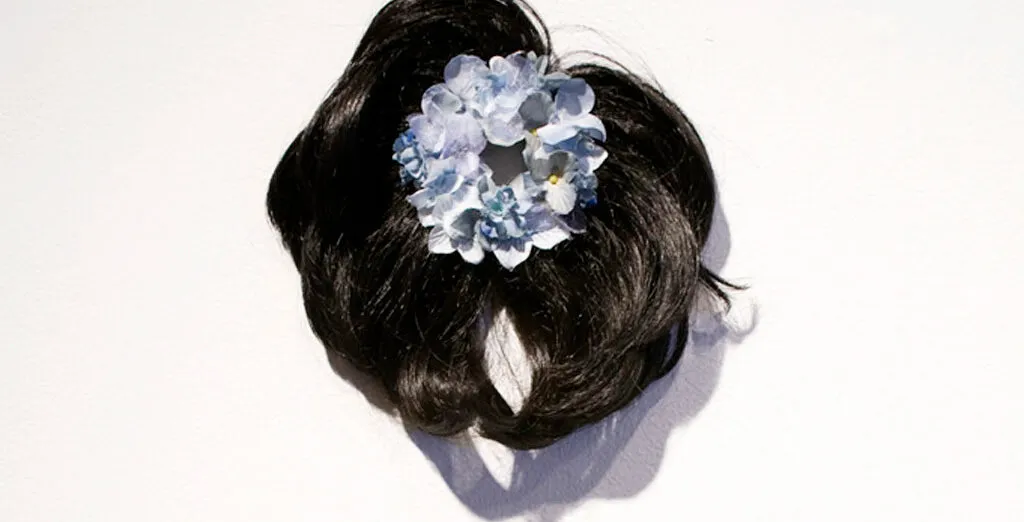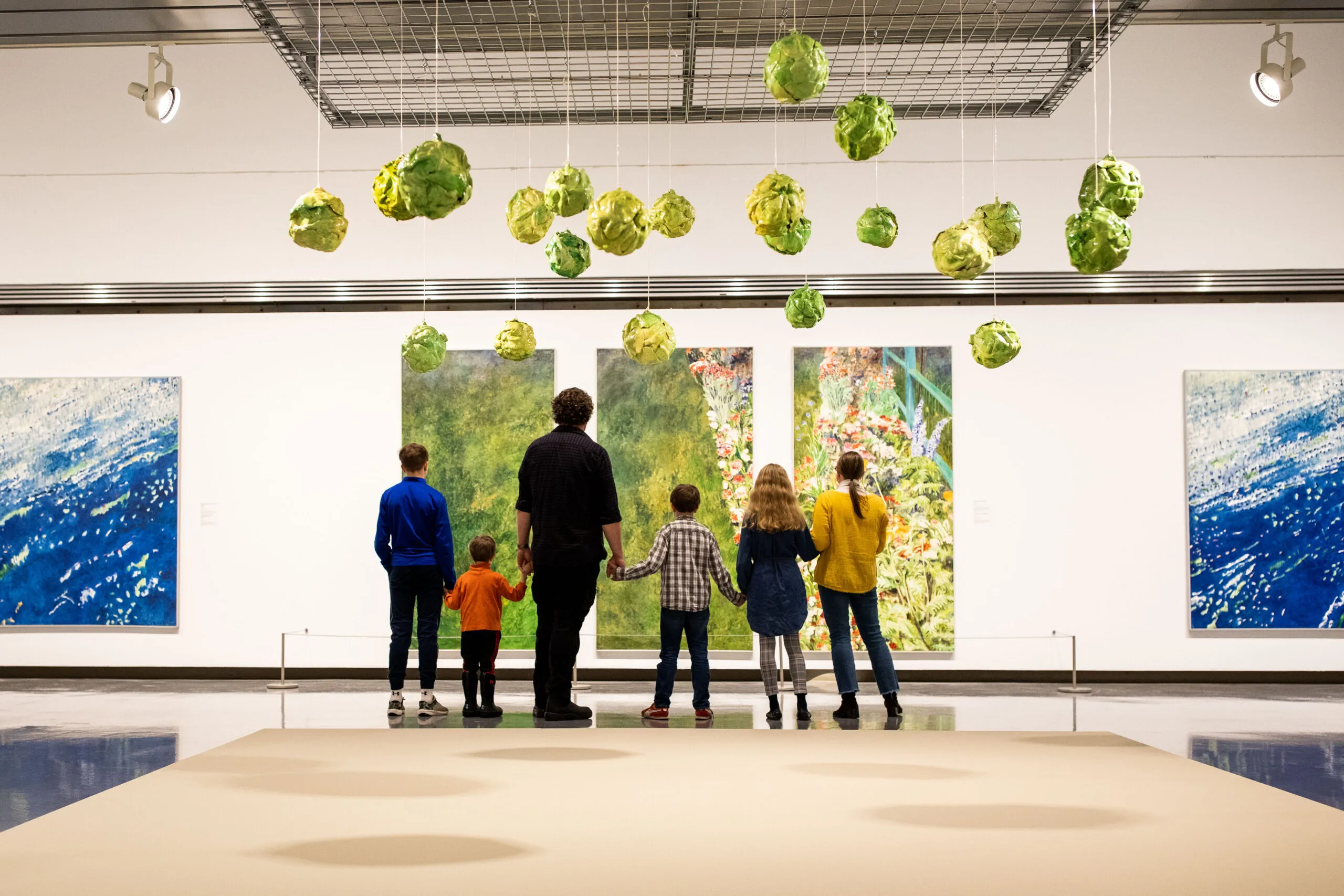This exhibition investigates hair as an emblem of health, beauty, and identity within society.
Hair has always been a powerful symbol. What humans do with it says a lot about who we are. Choices about hair are shaped by our society, culture, and personal preferences. Whether it’s the hair on our heads, our faces, or elsewhere, we make decisions about it. We cut it, grow it, shave it off, and cover it. We colour it and style it. Everything about hair communicates how we identify along the lines of gender, culture, class, sexuality, and stage of life. As such a potent symbol, then, it is unsurprising that across time and place, peoples’ hair has also been used to make artistic statements.
Through objects drawn from both our art and material culture collections, The Long and the Short of It touches upon the myriad habits and associations relevant to hair. Together, they provide new ways of considering historical photographs, sculptures, and portraits in oil. They offer new insights into a universal experience, revealing how important our fashion looks and daily rituals are. They also show connections between the past and the present, and between all people. The Long and the Short of It investigates hair as an emblem of health, beauty, and identity within society. Three main sections trace the evolution of grooming, including products such as tonics and shampoos; tools including brushes, combs, pins, and curlers; and appliances such as permanent wave machines. It addresses changing concepts of propriety and attractiveness, including the covering of the hair for reasons of fashion and faith. Working with the hair often requires much time, ritual, and even suffering, in the case of trying to remove or regrow it. The exhibition highlights styles for men and women: “Gibson Girl” updos; the more androgynous 1920s “flapper” bob; and 1960s beehives. Indeed, a well-known adage describes hair as a “crowning glory.” Drawings by Toronto artist Winnie Truong exaggerate the hyper-femininity associated with long, lush hair. The Long and the Short of It also addresses the cultural pressure to straighten Black hair; and seemingly infinite configurations of men’s beards, sideburns, and moustaches. In 18th and 19th century Canada, hair cuttings played an important role in the decorative arts, an activity that contemporary artists continue to comment upon. Victorian hair wreaths and jewellery are joined by 2000s-era counterparts. All the selections make statements about individuality, group ties, and status. Image: Christine Negus, oh, those sad lonely beasts! (detail), 2010 – present, artificial and real hair, artificial flowers, ribbon

